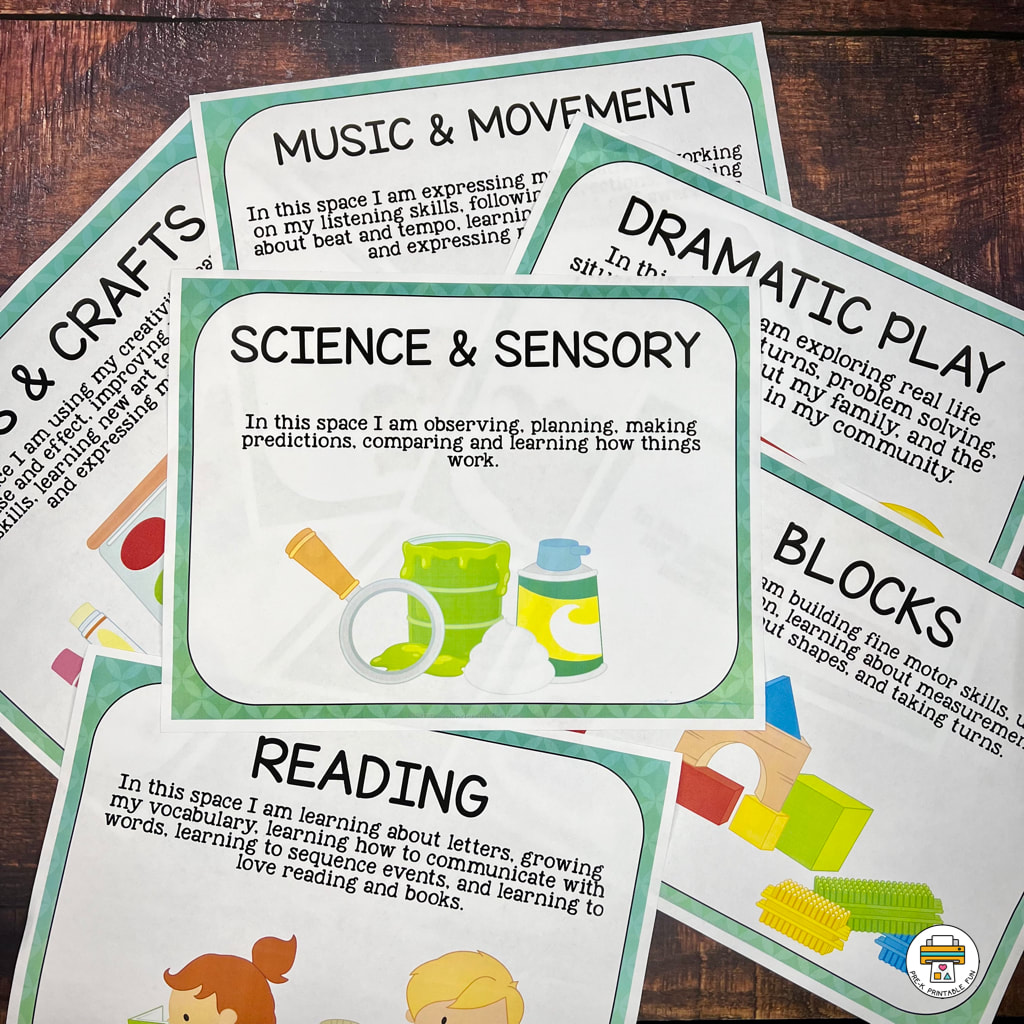Preschool Art and Creativity Learning Center Guide
Creating a space for art in your early learning program will provide many opportunities for preschoolers to explore their creativity and develop artistic skill. In the Art Space, even the youngest child can learn to appreciate the beautiful designs, textures and colors that are found in art, Children will begin to develop new language that describes art, as well as explore new art processes, mediums, and tools.
In this Guide you will find:
Benefits of a Dedicated Preschool Art & Creativity Space
Things to consider before you set up your space Essential Components of a Preschool Art and Learning Center Defining your Preschool Art & Creativity Learning Center Space Suggested Materials & Supplies Tips for Organizing & Storing Arts & Crafts Materials and Supplies Tips for Creating an Outdoor Art Space Creating a Space to display and celebrate Art Talking to Children about their Art Tips for Managing the Space Benefits of a Dedicated Preschool Art and Creativity Space
A dedicated art space provides many opportunities for children to develop important early learning skills.
Things to consider before you set up your Space:
Before you set up a learning center, you'll want to first determine how much space you are dedicating the area. Are you creating an intimate space for just 1-2 children to gather? Or a place for the whole group? Whether you are utilizing a portable space or have a large dedicated space for art we have you covered with inspiring ideas for a variety of spaces.
Essential Components of a Preschool Art and Learning Center:
Defining your Preschool Art & Crafts Learning Center Space
Provide children with a variety of safe art materials that are accessible to them on a daily basis. In addition to creating original works of art, children are learning how to use new art materials and learning new processes for creating art. Provide a variety of opportunities for painting, drawing, collage, and sculpture.
Carmen Diaz shared this space. Love the easy access art smocks on the side! Providing crayons for children to create art vertically is a super workout for little hands!
When children paint vertically it supports more than creativity, it also supports muscle development! Before children can learn proper pencil grip they need to develop essential arm muscles, painting vertically is a great workout for preschoolers!
Suggested Materials & Supplies
Provide a variety of materials for drawing, painting, and collage. Provide new opportunities for children to experiment with art supplies. Incorporate materials that allow younger children to create art independently such as buying larger handled paintbrushes, and crayons that are are easier for small hands to hold.
Must-Have Art Supplies:
Tips for Storing & Organizing Art & Craft Materials and Supplies
A Montessori Dayhome shared how they display their art materials. They have arranged their art supplies in visually appealing color-coordinated containers, which combined with the display of natural materials creates an inspiring space to create.
Tips for Creating an Outdoor Art Space
If your indoor space is limited, consider creating an outdoor art space! You can add an outdoor chalkboard, or attach some simple clips (to hold paper) to a fence.
See some more photos of outdoor art spaces here!
Building Blocks Family Childcare created an outdoor art studio for their preschoolers! The fence is a perfect place for storing art materials and hanging pieces to dry.
Create a space to display & celebrate art
Create a space to celebrate the children's art. You can use a bulletin board, hang the art using clothespins, create individual frames, use clipboards, or even use the side of your refrigerator to display their great creations!
Talk to children about their art
Tips for Managing the Space
When it comes to creating learning spaces, many educators struggle with how they can manage the space, here are a few tips:
1. Children in this space are learning how to use new tools. As with any new tool this will take modeling, re-direction and patience. You will need to model (while at the same time allowing children to explore) how to appropriately use these new tools. This means how much paint to use, discuss where in the room we use our tools, and how much glue to use. 2. You do not need to set out all of the items at once for free art. Choose a few items that are safest for even the youngest mobile children to explore independently and rotate the items often. Example: markers and paper, crayons and stencils, clay and cookie cutters, Stickers and Textured Paper etc. 3. Create a space for older children to explore items individually. Provide older children with their own space to explore more advanced materials. Find opportunities throughout the day (such as times when younger children are napping) were older children can explore new mediums. Whenever possible shadow the younger children, while allowing the older children to be more independent. 4. Safe doesn't mean clean. Art is going to be messy. There are many ways you can prepare so that you can limit the mess and keep it manageable for your group. More posts you might enjoy:
|
What can I help you find?
Become a MemberGet Free
|
Learning Centers
Preschool Learning Centers are commonly referred to as Preschool Centers, or Learning Spaces. These are activity areas dedicated to a specific type of of play and exploring a variety of topics and activities. Download our Free set of Center Signs!
|
Site
|
|

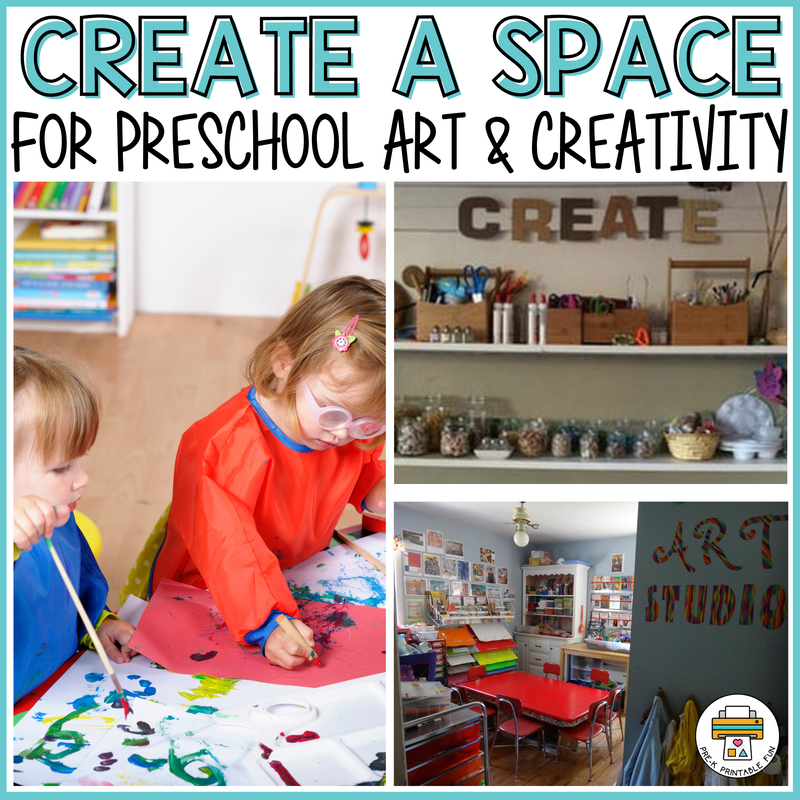
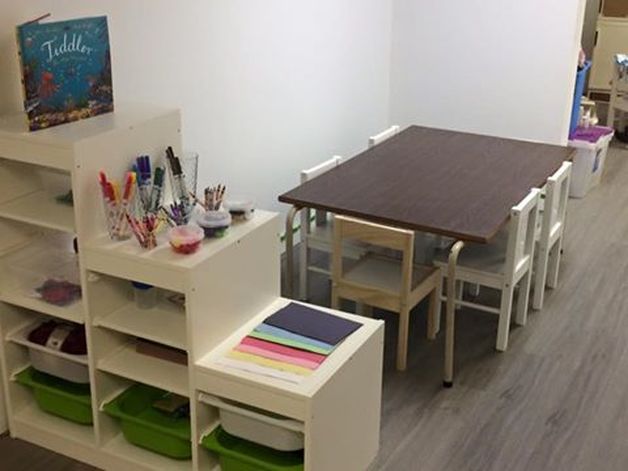
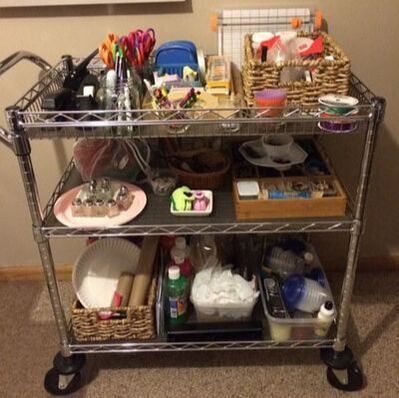
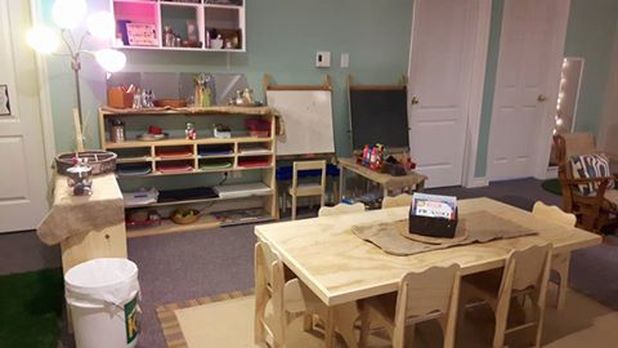
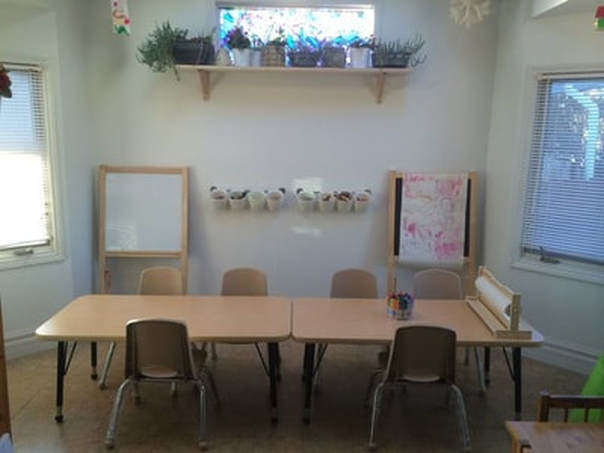
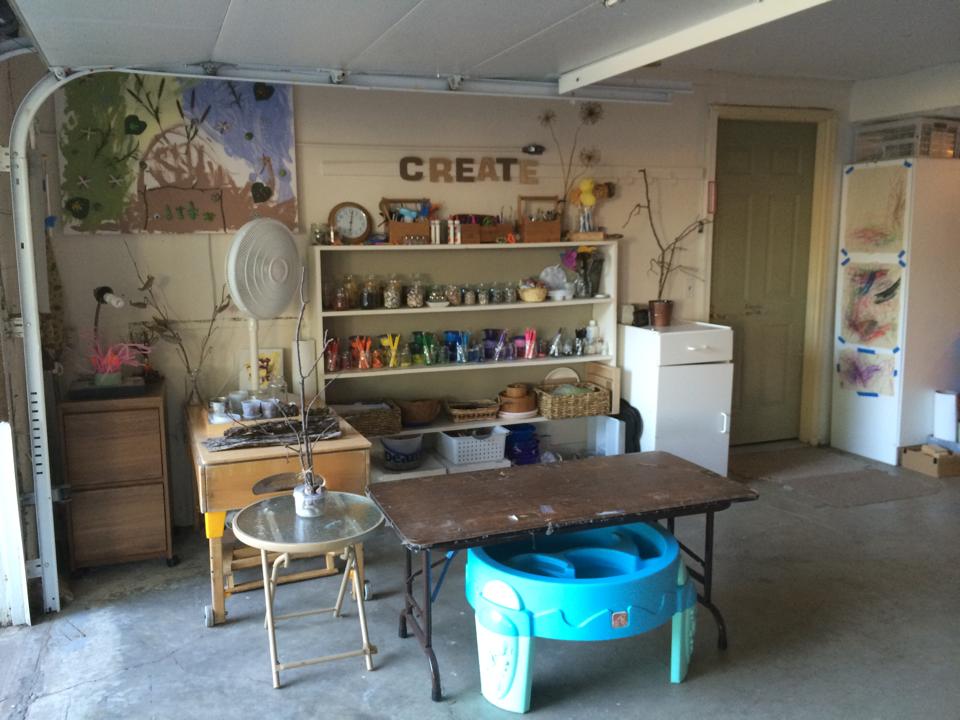
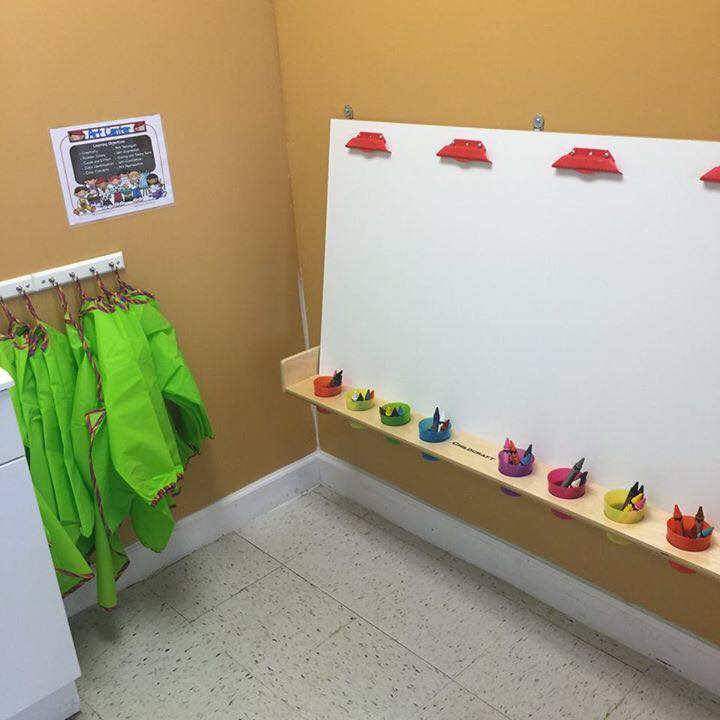
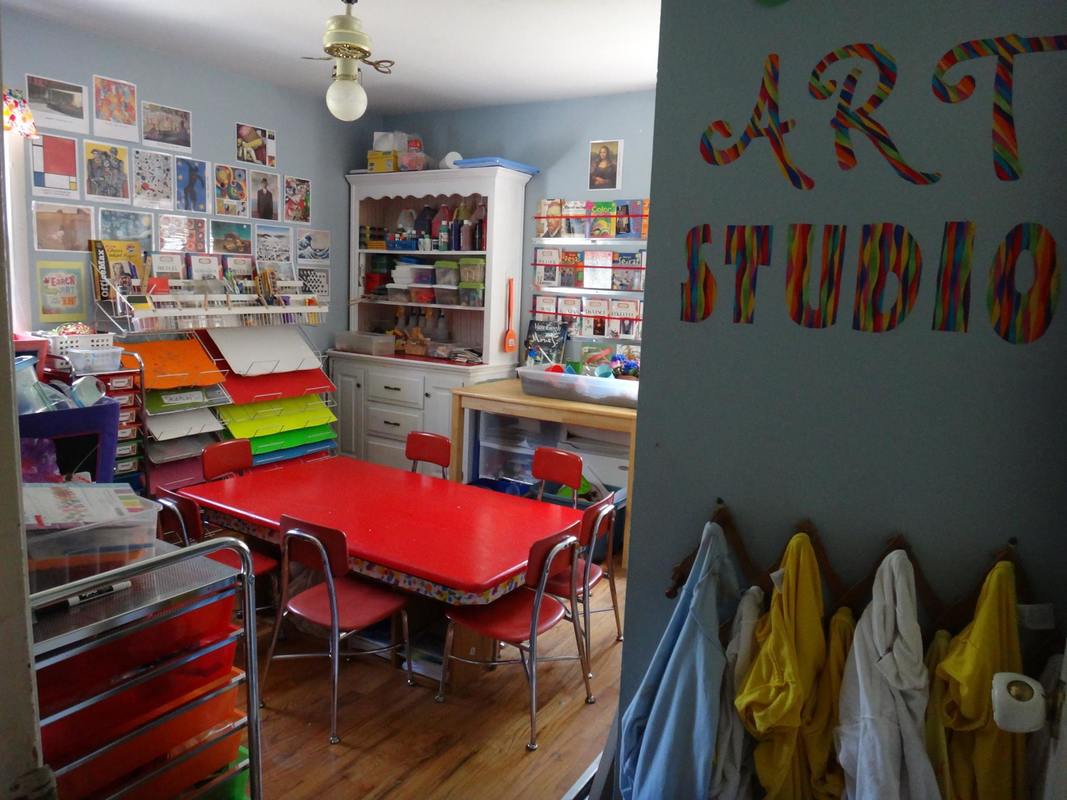

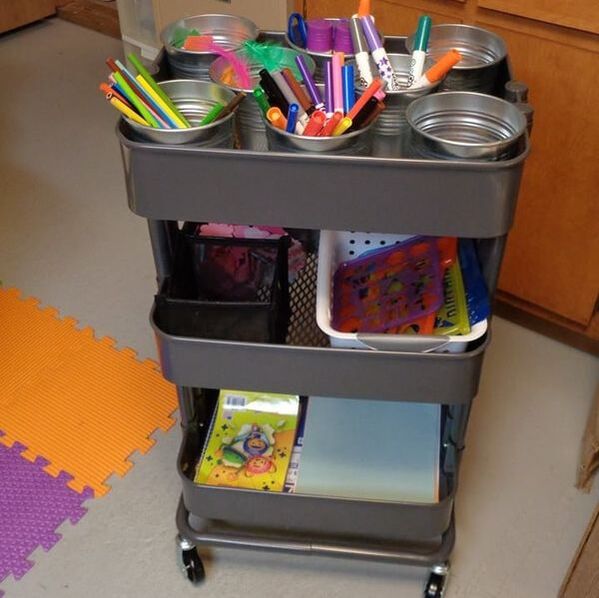

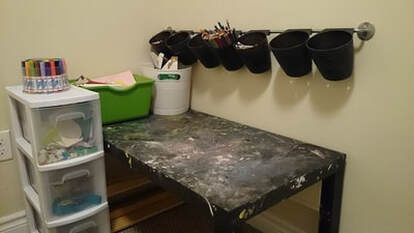
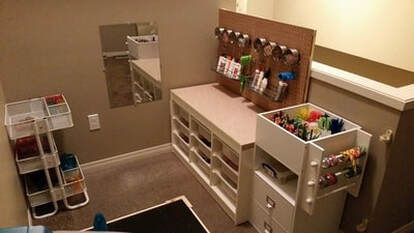
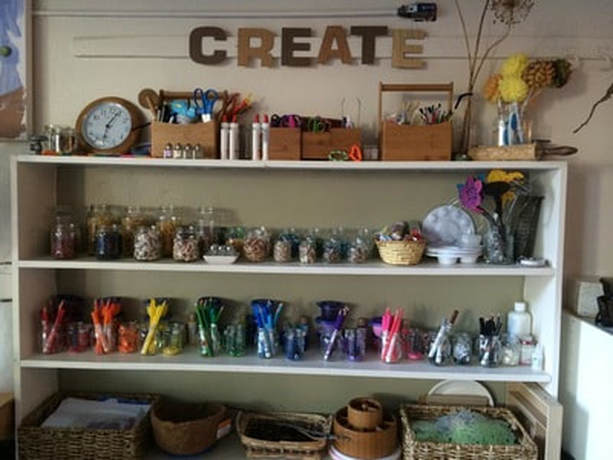
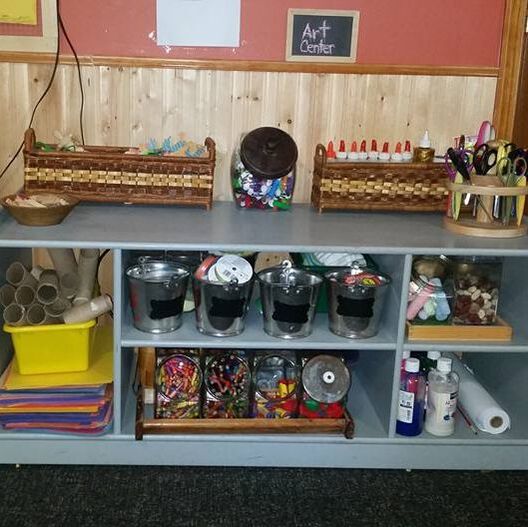
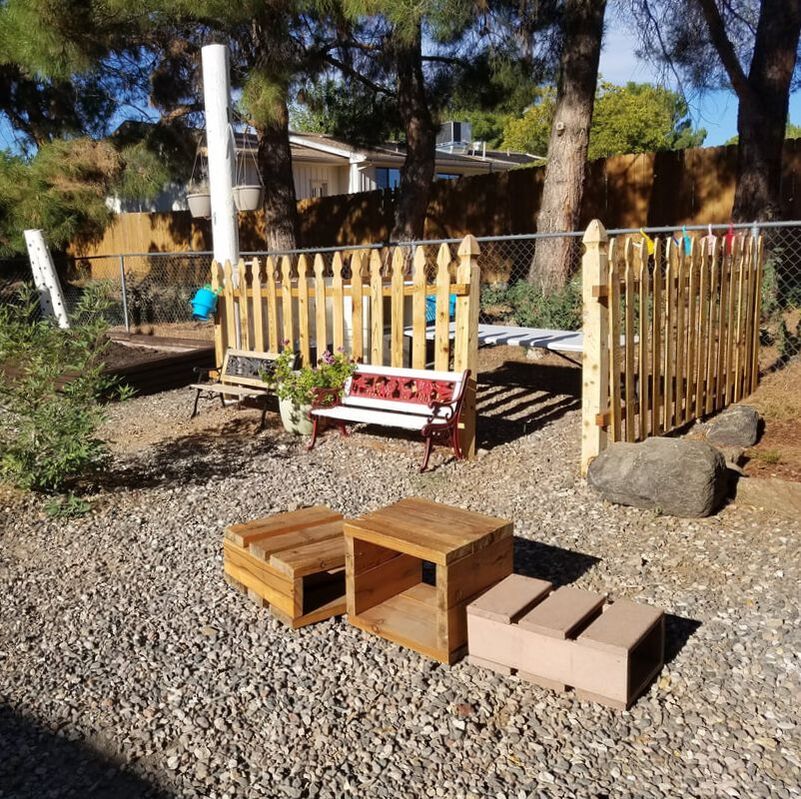
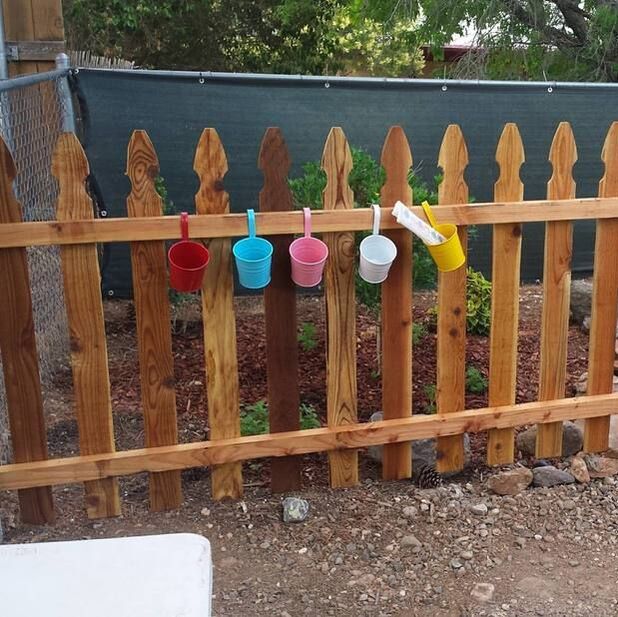
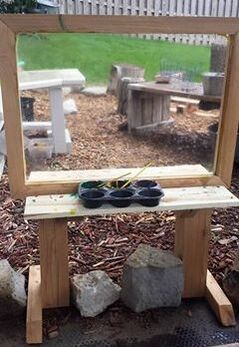
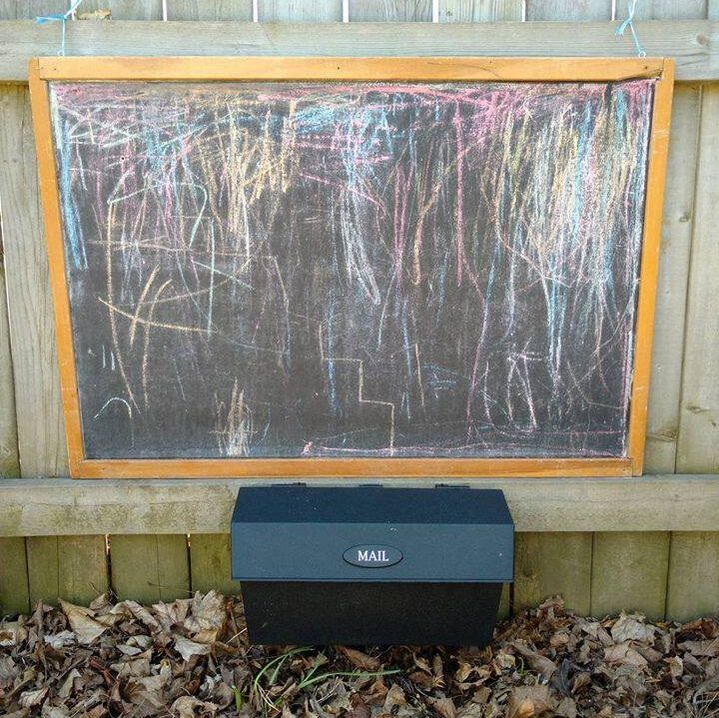
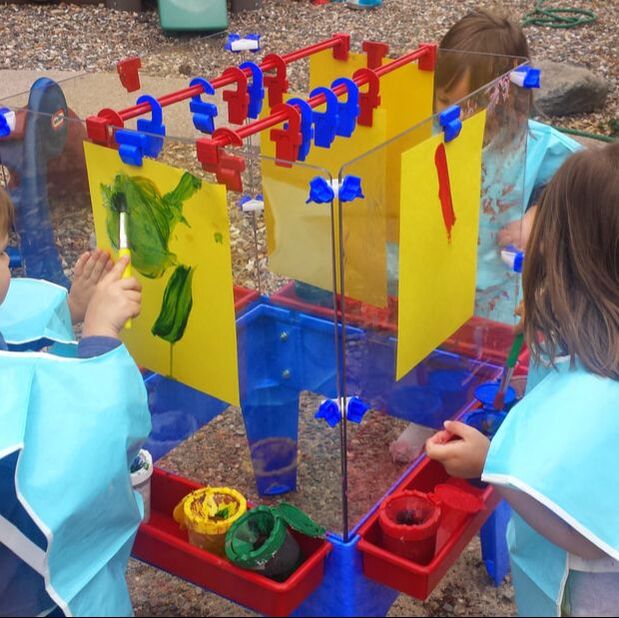

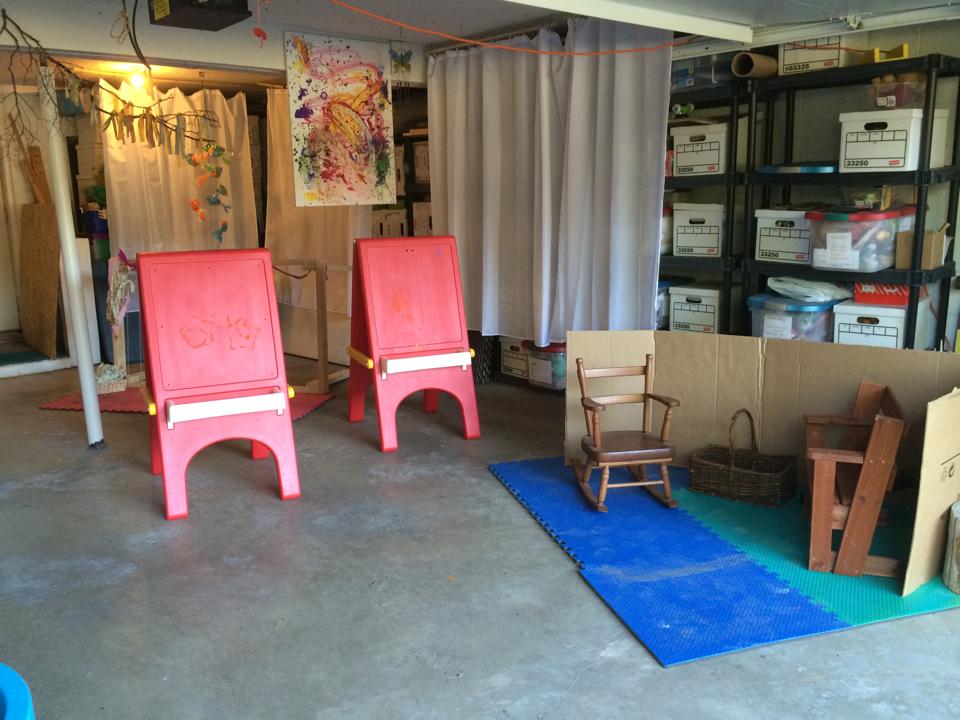
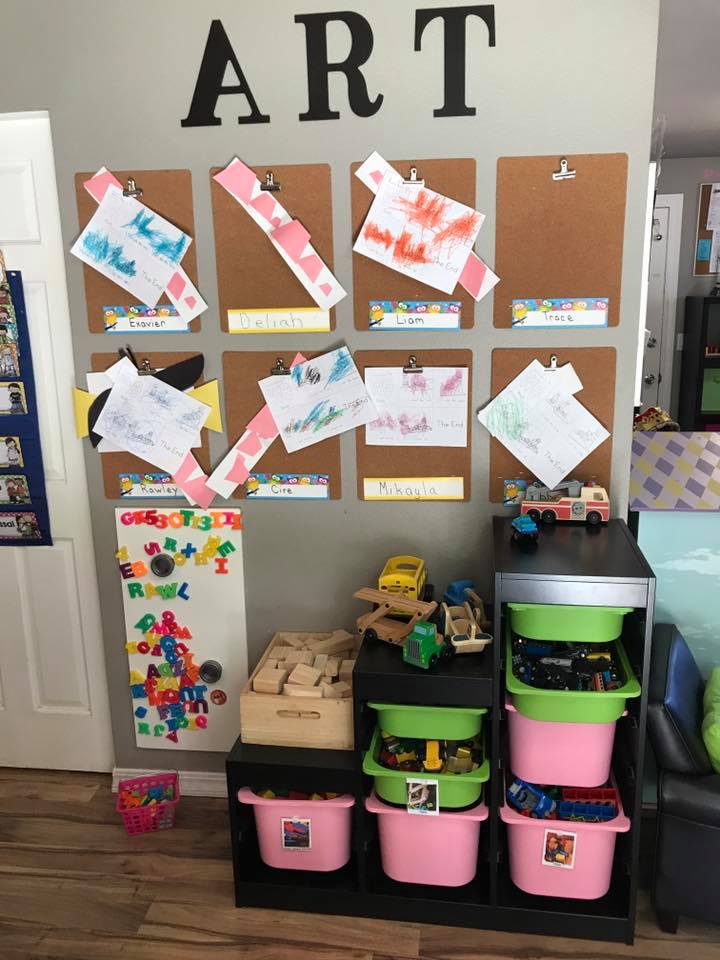
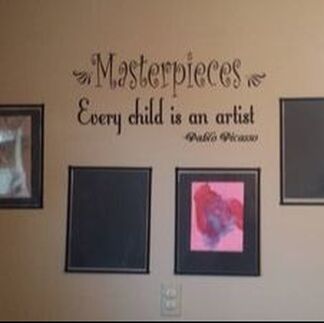
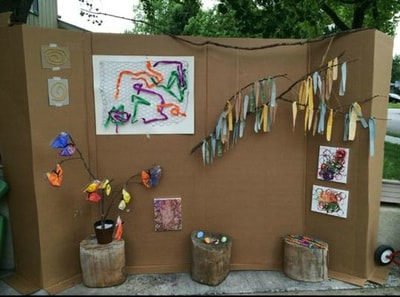
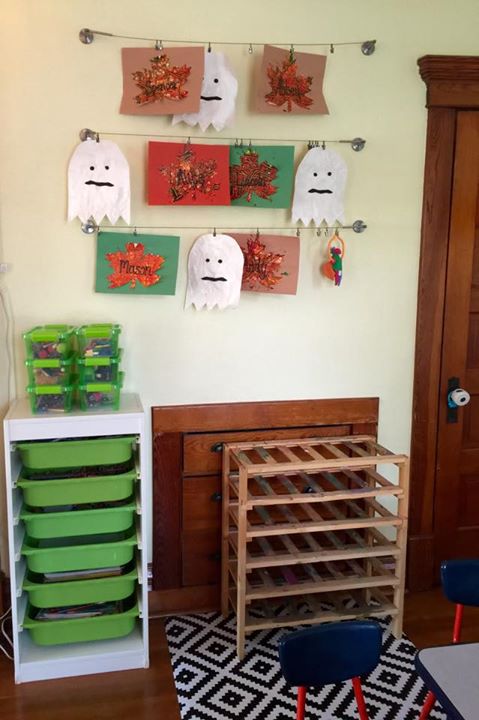
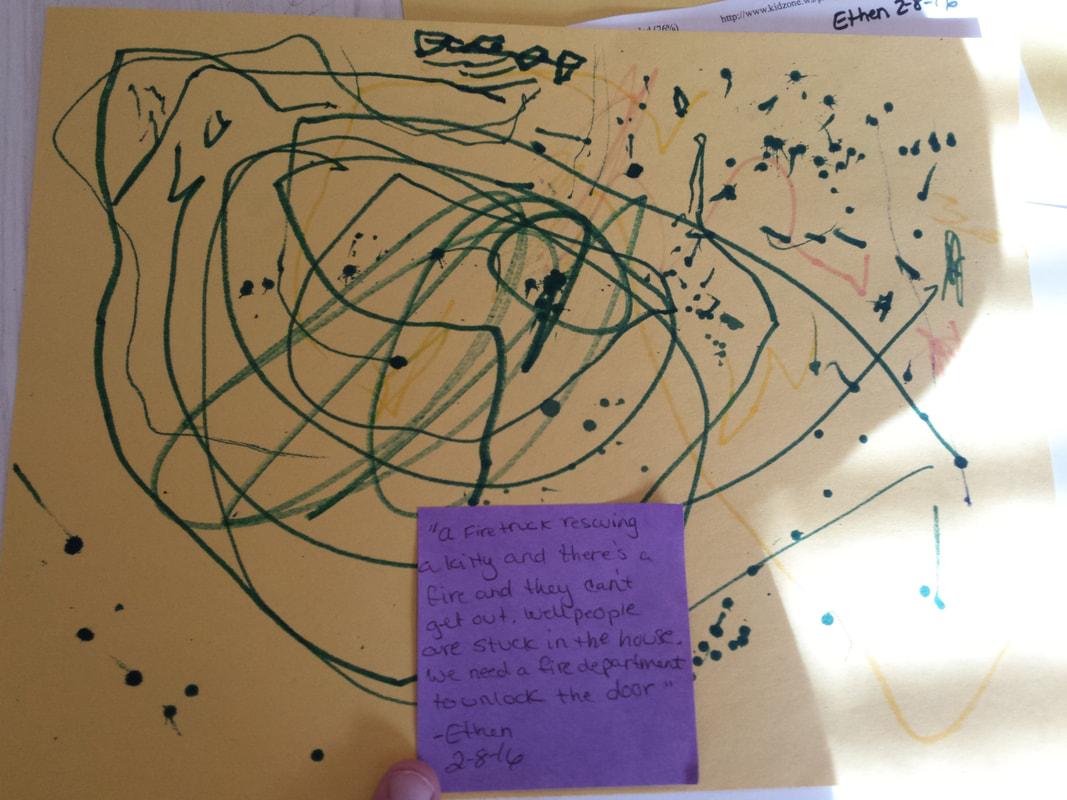

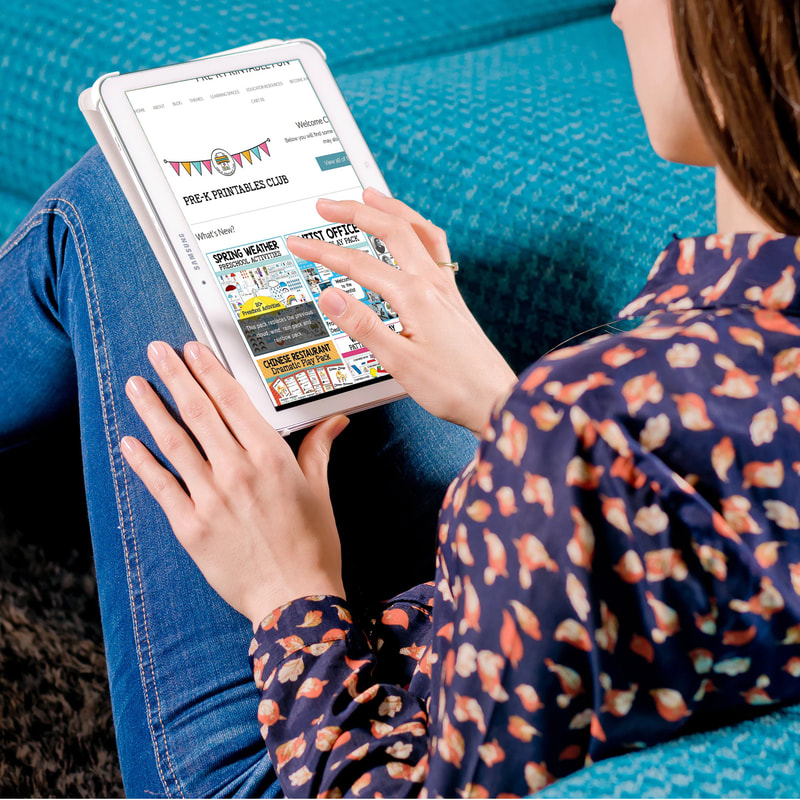

 RSS Feed
RSS Feed
